[ad_1]

When individuals inquire about recipes from the pastries on supply in Paris pastry outlets, I take a look at the recipes we used after I went to pastry faculty at Ecole Lênotre and it’s laborious to think about reducing down a recipe that makes 100 canelés right into a recipe that makes six or eight for a house cook dinner, who seemingly doesn’t wish to exit and purchase 100 copper canelé molds at 35 dollars (and even €10-15) a pop. Skilled bakeries don’t make a single gâteau Opéra or eight éclairs; it’s could be a dozen muffins, 5 – 6 dozen éclairs, and lots of of caramels. So paring down a recipe that received’t overwhelm the oven, kitchen…or funds…of a house baker generally is a problem
Skilled bakeries additionally make parts individually as a part of their schedule, and in giant portions, and can begin the puff pastry or make the pastry cream for a cake or tart upfront, then assemble them over the course of a number of days. Usually recipes rely on strategies realized over a time frame, akin to macaronage, the right stirring and folding of macaron batter, and aren’t only a listing of elements. In order fantastic and beneficiant as bakers are usually, not all professionals can share (or in some instances, are keen to half with) the secrets and techniques of their success.
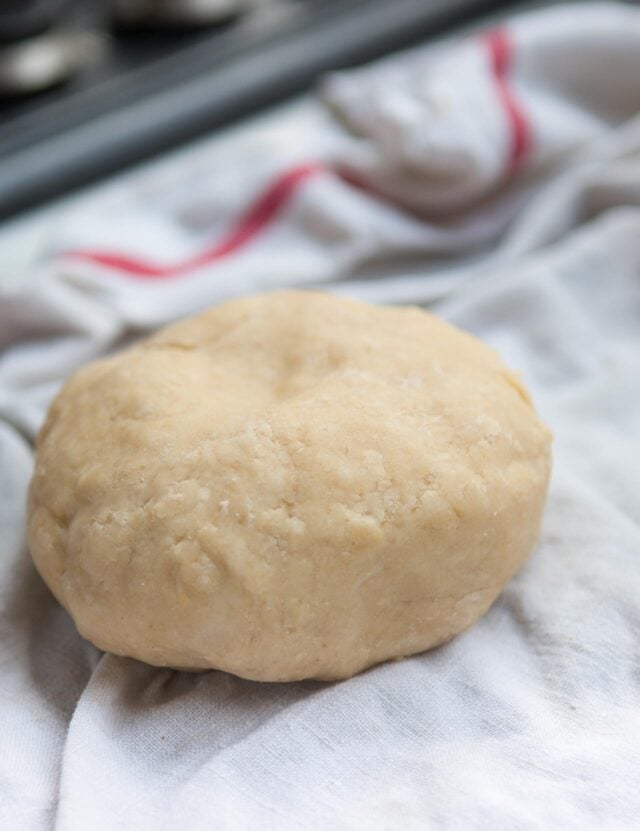
So I used to be deeply impressed after I noticed an advance copy of French Pastries Made Simple: Foolproof Recipes for Éclairs, Tarts, Macarons and More by Molly Wilkinson, who realized her craft at Le Cordon Bleu in Paris, and now spends her time doing workshops and educating lessons in Versailles, the place she lives. Molly did the admirable job of paring the most well-liked French pastry recipes down for residence cooks, in a simplified style that anybody can perceive, even if in case you have no skilled expertise in any respect. What’s particularly interesting about Molly’s book is that the recipes stay as much as the title, presenting simplified methods to make French pastries.
The pâte sucrée recipe, for instance, is a French tart dough that she calls “the one tart dough you’ll ever want,” and is simply one of many foundational benchmark recipes within the guide. She then goes on to speak about different strategies of French pastry in chapters that embrace detailed directions on how one can grasp chocolate ganache, pâte à choux, génoise, puff pastry, caramel, and meringues, and supplies a choice of basic French that use them, every part from a luscious tarte au citron (lemon tart) to Opéra cake, crème caramel, and charlotte aux fraise, a strawberry cake with selfmade ladyfingers and a creamy strawberry mousse filling topped with recent strawberries on high. Molly’s explanations and pleasant, but exact directions, take away any intimidation that one might need about tackling them.
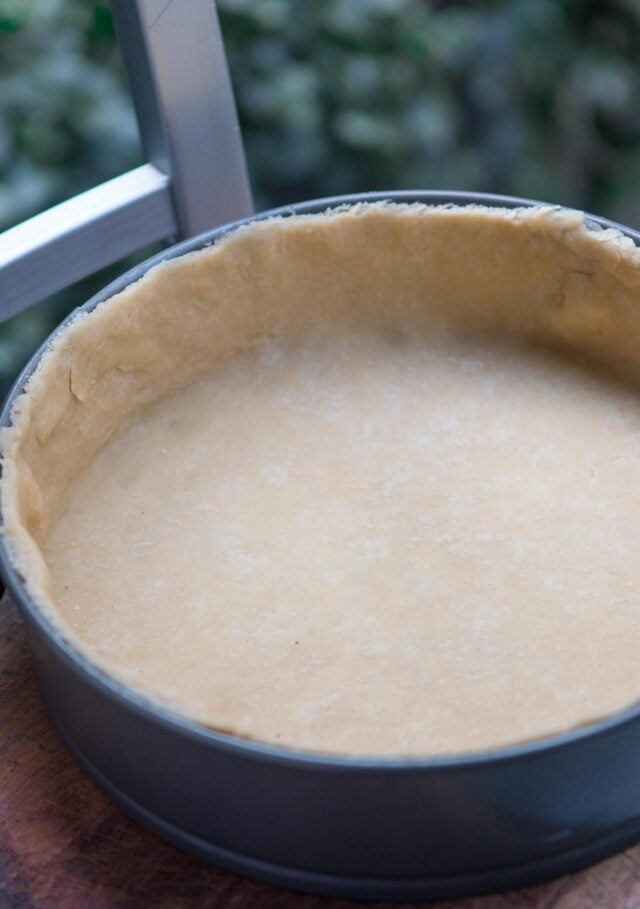
Most of us consider Flan as a Mexican- or Spanish-style flan; an eggy custard baked in a caramel-lined mould that’s reversed onto a plate. In France, that’s generally known as crème renversée or crème caramel. Flan, or Far within the Breton language, refers to an open-face custard tart.*
Flan Parisien or Flan Pâtissier, akin to this one, is commonly baked in a buttery crust. There are plenty of variations on the title and the way in which it’s baked so I simply go right into a bakery and order it by no matter title they determine to provide it. (Rule #1: Keep away from arguing with individuals serving you meals.) However typically it doesn’t have a crust; Christophe Michelak’s Flan pâtissier is baked in a buttered baking dish, which you’re welcome to do, though the crust actually makes the dessert extra dramatic.
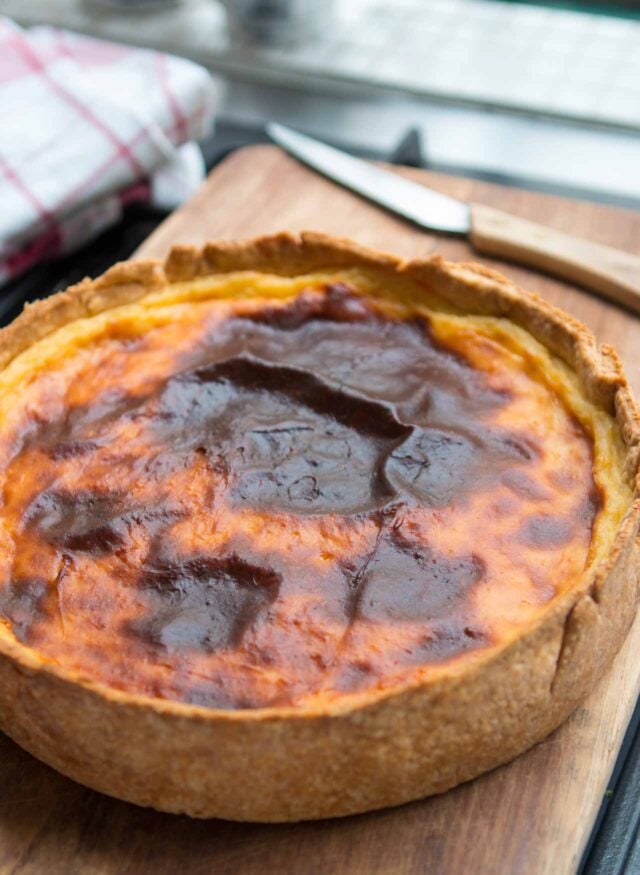
In France, vanilla is a taste and isn’t robotically added to pastries and desserts, as it’s within the States. Nature signifies that one thing is apparent (akin to Flan nature), though most variations comprise vanilla even when it’s not talked about. Vanilla extract (the sort with alcohol in it) isn’t used as a lot in France as vanilla beans are, however I often add a touch of vanilla extract to desserts even when utilizing vanilla beans because it enhances their taste. And actually, I’ve heard my justifiable share of complaints in life, however haven’t (but) heard any about one thing having an excessive amount of vanilla in it.
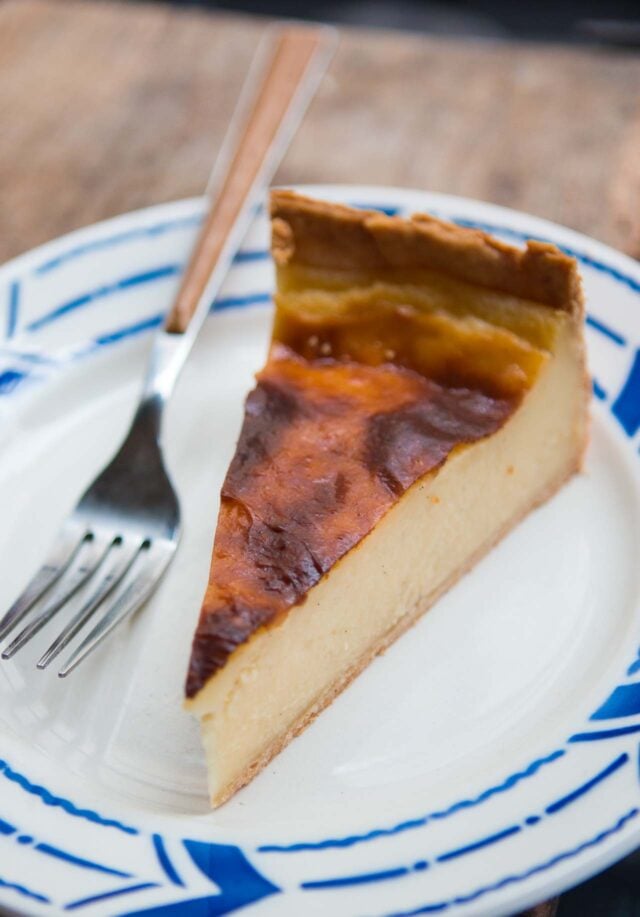
Flan Parisien is regularly loved as a goûter or afternoon snack. (Sure, French individuals snack!) It’s large and daring, and durable, so will maintain for a number of days. We prefer it for dessert after dinner reduce into thinner slabs than the native bakeries reduce it into, however you may dive into it any means you need.
Vanilla Parisian Flan
Servings 10 servings
For the crust
- 1 1/2 cups plus 1 tablespoon flour (210g) flour
- 2 teaspoons sugar
- 1/2 teaspoon salt
- 7 tablespoons (3 1/2 ounces, 100g) unsalted butter, chilled and cubed
- 1 large egg
- 2 teaspoons water, plus more if necessary
For the custard
- 3 cups (750ml) whole milk
- 1 3/4 cups (430ml) heavy cream
- 1-2 whole vanilla beans, (see headnote)
- pinch of salt
- 3 large eggs
- 3 large egg yolks
- 1 1/4 cups (250g) sugar
- 3/4 cup (90g) cornstarch
- 2 teaspoons vanilla extract
-
To make the crust, mix the flour, sugar, and salt in a bowl of a stand mixer fitted with the paddle attachment. (You can also make it in a large bowl with a pastry blender or your hands.) Add the cubes of cold butter and mix on medium speed until the pieces of butter are the size of large corn kernels. Add the egg and water and mix until the dough begins to come together. At this point, even if I’m using my stand mixer, I use my hands to gather and shape the dough into a disk. If necessary, add another teaspoon of water if the dough resists coming together but don’t overwork it. Wrap the dough in plastic or your favorite eco-friendly alternative and chill for at least 30 minutes.
-
On a lightly floured surface, roll the dough into a 15-inch (38cm) circle. Carefully place the dough into a 9-inch (23cm) springform pan so it covers the bottom and goes up the sides of the pan. Use your fingers to gently coax the dough into the corners of the pan (between the bottom and edges) then trim any dough overhanging over the top edges of the pan. Use your hands to patch and smooth any wrinkles or cracks. (The dough is quite forgiving once baked and filled so don’t worry if it’s not perfect.) Place the dough-lined cake pan in the freezer while you make the filling.
-
Preheat the oven to 400ºF (200ºC).
-
Pour the milk and cream into a large, heavy-duty saucepan (or Dutch oven). Split the vanilla bean(s) vertically and scrape the seeds into the milk mixture and also add the vanilla pods and the salt. Warm over medium heat.
-
In a separate medium-size bowl, whisk together the eggs, egg yolks, and sugar, then whisk in the cornstarch.
-
When the milk mixture is very warm, working quickly, pour half of the warm milk mixture over the eggs and quickly, and confidently, whisk well until combined. If you have someone in the kitchen to help you, this is a place to ask them to. But if you do this step without hesitation, you should be fine. (If you’re unsure, you could ladle in the hot milk while whisking constantly.)
-
Pour the warmed egg mixture back into the pan of warm milk and stir it leisurely with the whisk until it starts to thicken, which’ll take about 5 minutes, but will depend on the heat. As it starts to thicken, things will move a bit more quickly and you’ll want to whisk more vigorously to break up any lumps as it cooks. When the mixture comes to a full boil – a large bubble or two will break the surface – turn off the heat and pluck out the vanilla beans with tongs. Stir in the vanilla extract.
-
Remove the tart shell from the freezer, scrape the pastry cream into the tart shell, smooth the top and place it in the oven. Bake the flan for 10 minutes, then reduce the heat to 350ºF (180ºC) and bake for another 50 minutes. The top may get close to black, which is normal and fine.
-
Let the flan cool on a wire rack. Once cool, chill in the refrigerator overnight before serving.
Storage: The tart dough can be made up to two days in advance and chilled. If made in advance, you may need to remove it from the refrigerator for a bit before rolling. The finished flan will keep 3-4 days in the refrigerator.
*A French reader wrote to me that the name Flan is a take on Flaouna or Flaó, two cheese-filled pastries from Mediterranean areas.
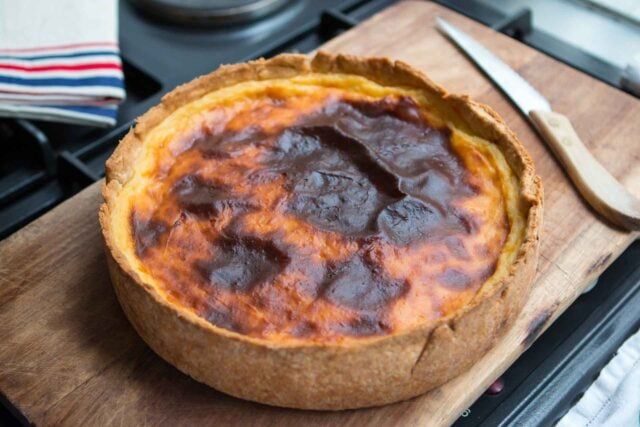
[ad_2]



